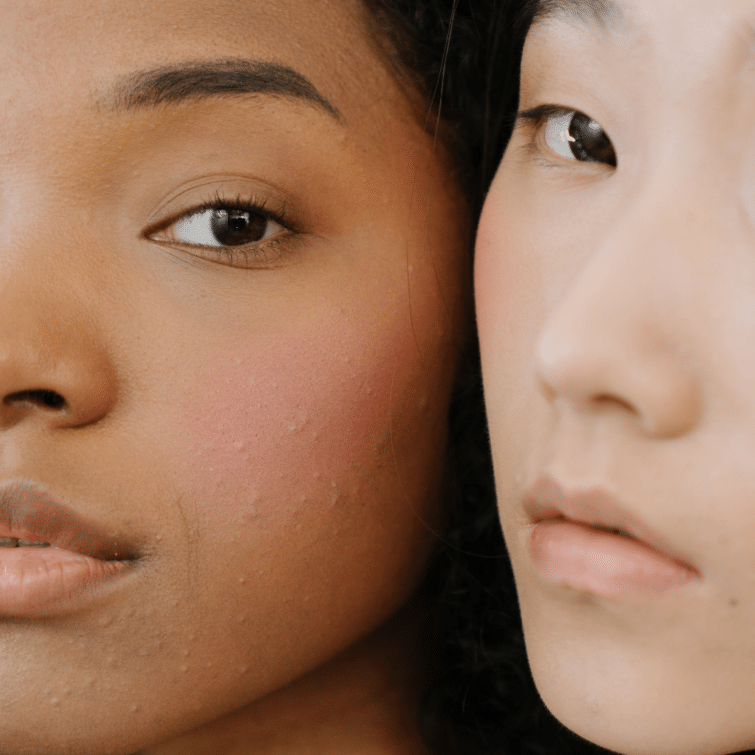Acne Scar Treatment in Lehi, Utah
Types of Acne Scars
Atrophic scars
Hypertrophic scars
Keloid scars
How To Treat Acne Scars
The good news is that several treatment options exist for acne scars. The best approach depends on the type and severity of your scars.
For mild to moderate scars
For more severe scars





